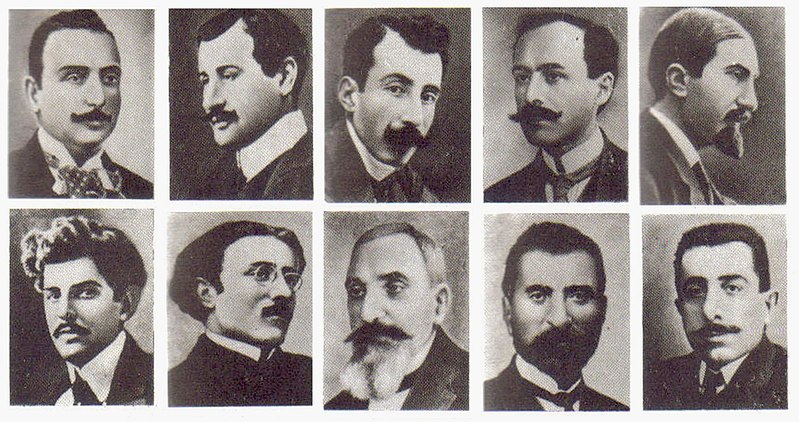You can find out more about the European Holocaust at the website of the Holocaust Memorial Day Trust.
However for today I have chosen to highlight the Armenian Genocide that took place in Turkey in 1915, which even today remains illegal to write about or discuss in Turkey, where various Governments have remained in total denial of what actually happened.
The following photo captures what was a common scene in those dark times.

Source: Wikimedia Commons
It is believed something like one and a half million Armenians were massacred in events which started with the arrest of 250 intellectual and community leaders on 24th April 1915.

All were later executed en-mass by the Young Turks
The Turkish perpetrators used mass burnings, drowning and poisoning (in a chilling prelude to the future times of the Nazi Third Reich), whilst the rest of the World (with the exception of the USA) was embroiled in the First World War.
The sheer scale of the massacres can be seen on this map of the Armenian Holocaust below:

- Each size shows a massacre. There are three types of massacre: in a control centre (red dot), in a station (pink dot), in a concentration and annihilation center (black dot). The size of the dot shows the relative number of killed Armenians.
- Each pair of swords shows an area of Armenian resistance: greater resistance (red swords) or lesser resistance (black swords). The different size of swords is to save space into the map, it means nothing.
- Dots in Black Sea representing Armenians (mainly women and children) drowned into the sea (see Armenian Genocide for references).
Image source: Wikimedia Commons
No comments:
Post a Comment